More of an experiment, this VR map, by the Google Trends Lab in collaboration with Pitch Interactive, shows what people asked about Brexit leading up to the vote. It’s basic data-wise, but you can see potential for more details and get a feel for how virtual reality data visualization might work.
And besides, I’ll accept any excuse these days to bust out the Google Cardboard. Even if it’s basic visually, it’s easy to see how this point of view might bring you closer to the data.
See also the details on what the makers learned from the experiment.

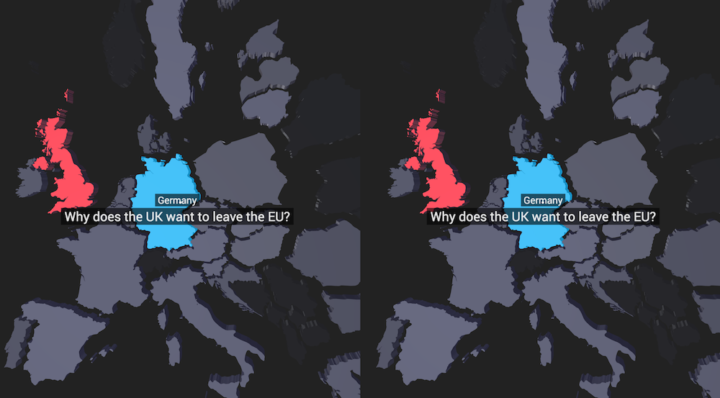
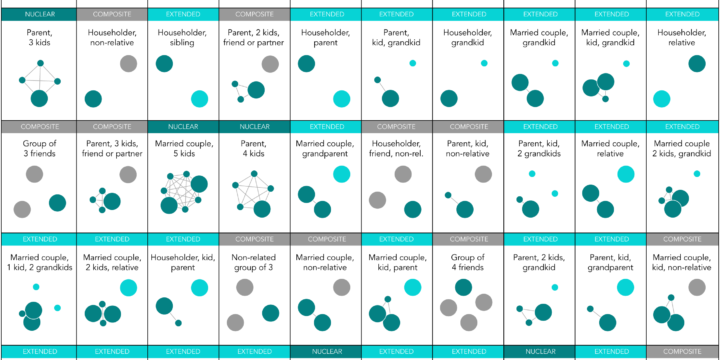

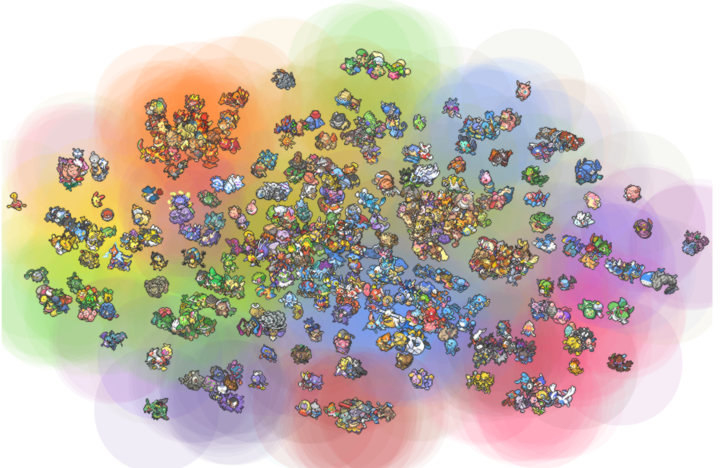

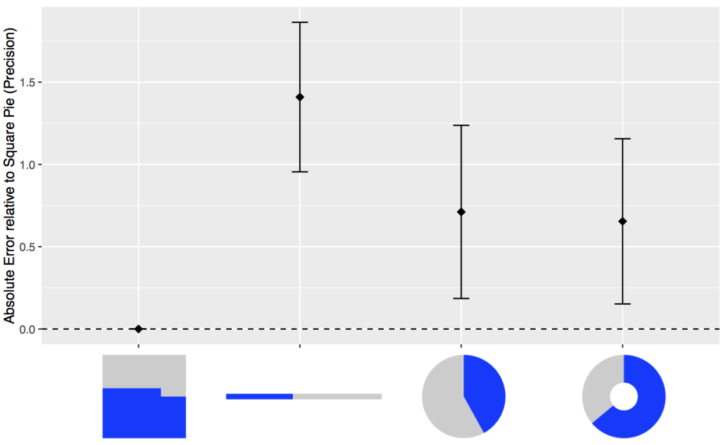

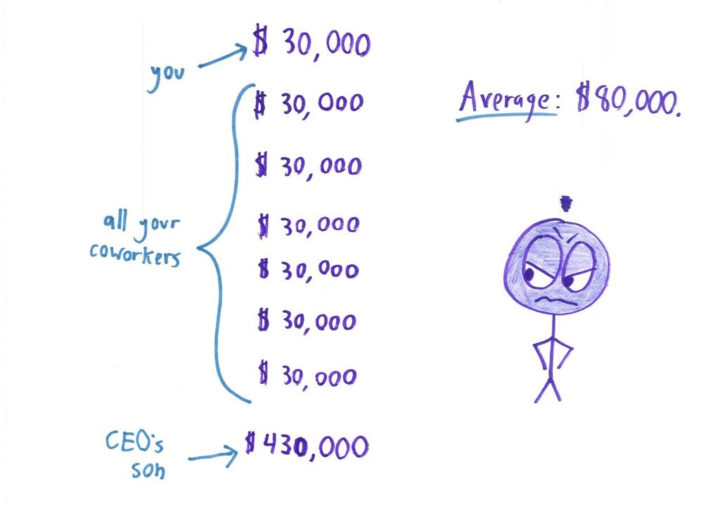
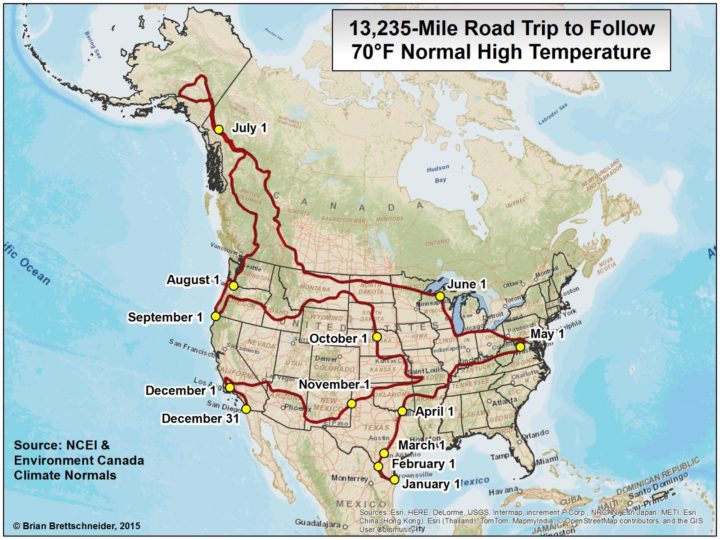

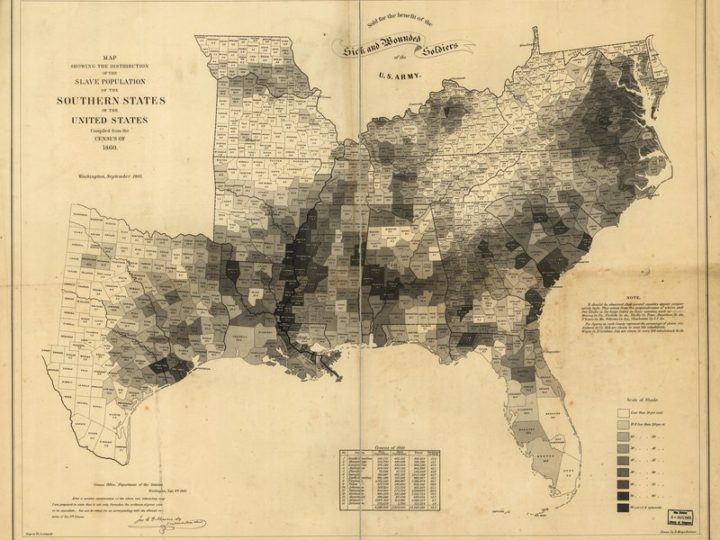
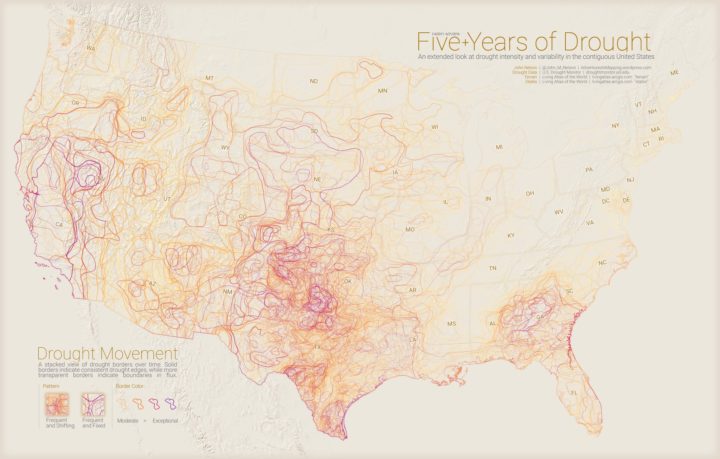
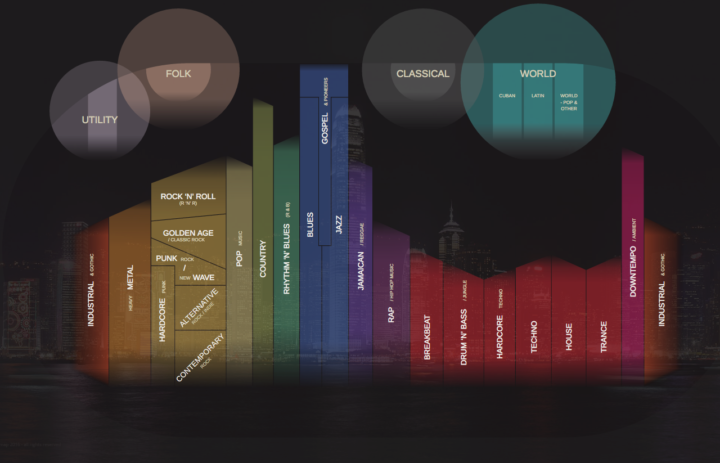
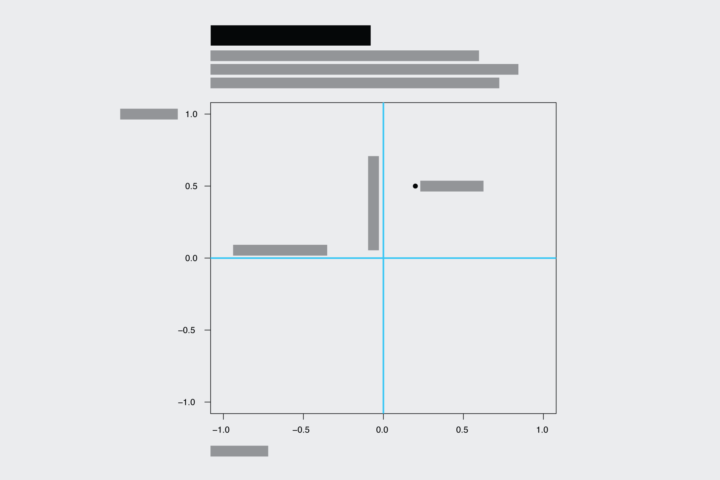
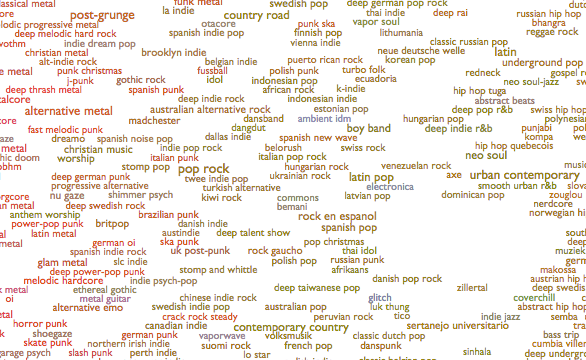
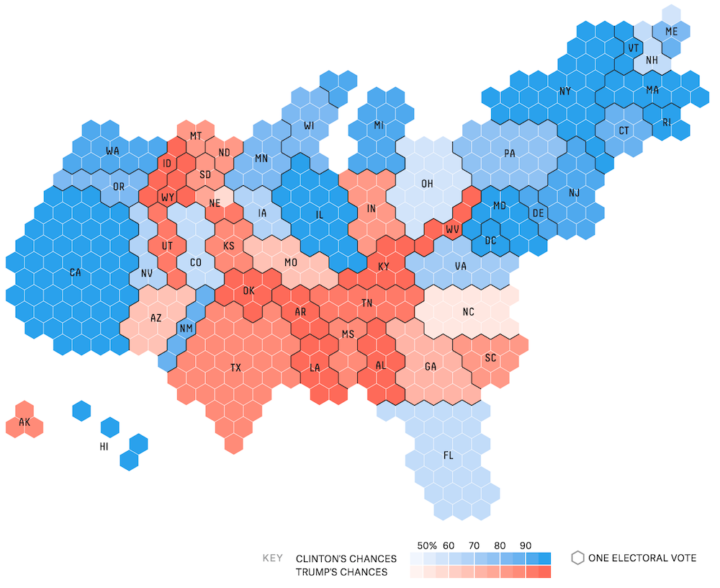









 Visualize This: The FlowingData Guide to Design, Visualization, and Statistics
Visualize This: The FlowingData Guide to Design, Visualization, and Statistics
